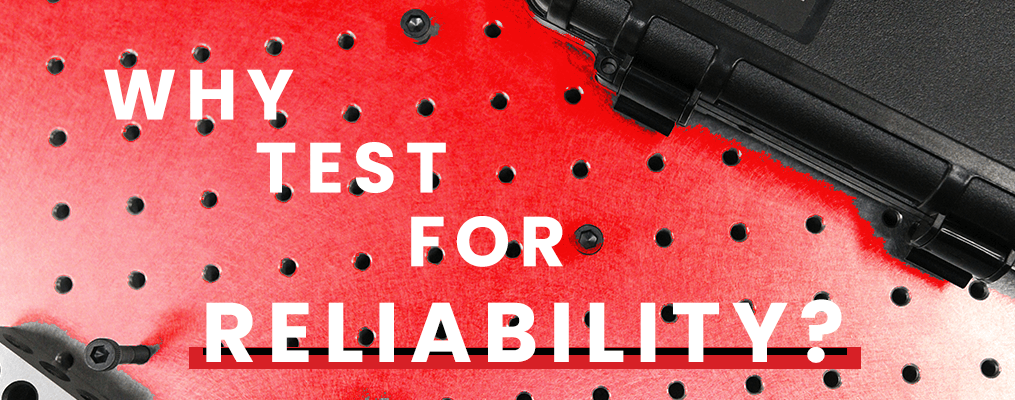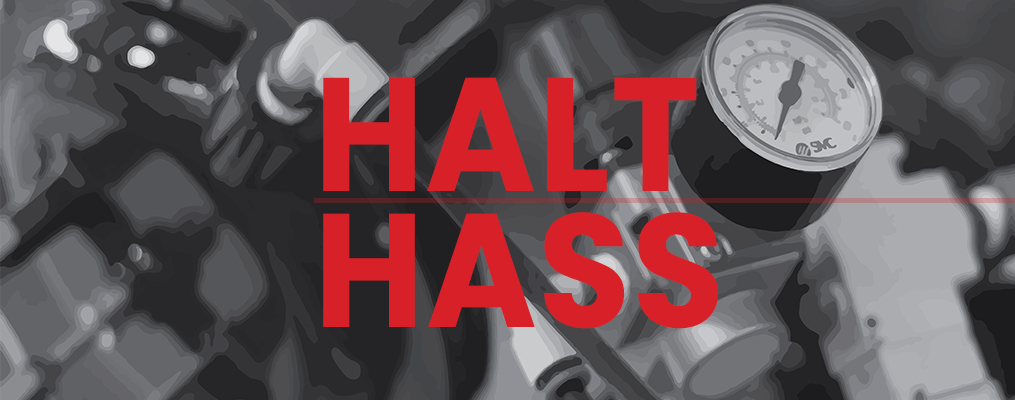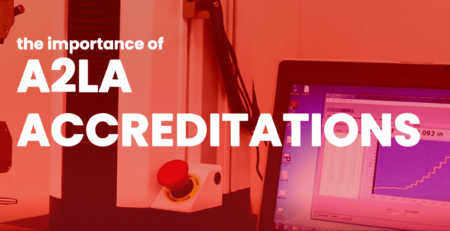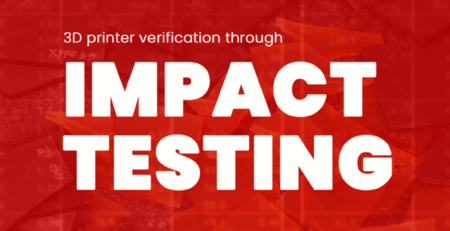Why Test For Reliability?
Joel Coffman2025-03-05T10:47:13-06:00Risk is unavoidable when developing new innovative products. Your company’s product may not be well received by the public, but extensive preparation before product launch can make a big impact. Without proper testing and evaluation of your products, they can fault, resulting in a product recall. Product recalls expose companies to a large range of consequences, so don’t let product recalls bring down your business. Quality is infused by finding every flaw in a product and methodically removing each one until the product shines. As a result, only a thorough, comprehensive reliability test program will allow a product to emerge that will earn or maintain an unsullied and clean brand reputation.
Reliability sure sounds good when it describes a product; everyone wants it, but does every product have it? It’s easy to say your product is reliable but where is the evidence, how is the reliability measured/quantified. There is a way to figure this “reliability thing” out…….meaning getting real data with meaningful real reliability information. The process involves a poorly understood discipline called reliability engineering. The focus of reliability engineering should always be on the target of engineering products that do what they supposed to do and do that for the time that they are supposed to do it. In other words the product should meet the life and warranty goals as defined by the designer and understood by the user.
Reliability represents the probability of components, parts and systems to perform their required functions for a desired period of time without failure, in specified environments with a desired confidence. It is always associated with a time element for the component, part, or system to fail. For example, a specification may call for a 90% reliability at 100 hours of operation. This means that the product has a 90% probability of running for 100 hours without failure.
Unfortunately, reliability engineering methods and practices tend to be viewed as unnecessary or even wasteful. “We don’t need this reliability stuff. We’ll just find the problems and fix them,” tends to be the dominant attitude. This attitude often results in poorly-tested, unreliable products being shipped to customers.
While most organizations are concerned with the reliability of their products, many do not develop good reliability specifications. Sometimes, reliability requirements will be developed by a marketing organization or other group with little or no experience in life data analysis. This can result in vague or unrealistic requirements that do little to aid in the development of the product.
One of the most important foundations to the development or implementation of a reliability program is the development of a “culture of reliability” throughout the organization.
In order to do so, it is necessary that an understanding is reached concerning the necessity of having a successful reliability program, and the program’s importance to an organization’s overall business strategy. It should be made clear that reliability implementation is not a minor “back room” activity, but an important ingredient in the financial success of a business. Also, in order to maximize the financial success of an organization, the emphasis on reliability must be balanced with other aspects of the business such as customer satisfaction, sales, product features, and time-to-market.
Reliability has an impact on many aspects of business including, reputation, customer satisfaction, warranty costs, repeat business, cost analysis, customer requirements, and competitive advantage. So now the big question is, “how do you develop and implement reliability?” The process of defining and implementing an effective reliability plan requires involvement of the product development team and should begin with a reliability plan.
The plan should define what the requirements are, how the requirements will be met, how they will be measured and also maintained.
At a minimum, a reliability specification should consist of three components: a specified reliability, a time associated with the specified reliability, and a desired confidence level.
For example, we could specify that a product should have a 90% reliability at 1000 hours of operation with a 95% confidence level. In simpler terms, this means that we want to be 95% confident that 90% of the population will survive at least 1000 hours.
Through proper implementation of a reliability program, the reliability of any product can be measured, tracked and improved. A good plan should include performing predictions/modeling, followed by testing, and then the test results analyses.
It is important not to put too much emphasis on only the prediction of reliability, because much more effort should be devoted to prevention of failure. The reason for this is that prediction of reliability based on historic data can be misleading, because a comparison is only valid for exactly the same designs under exactly the same situations. Even a minor change in detail in any of these could have major effects on reliability.
In the end, the purpose of reliability testing is to discover potential problems with the design as early as possible and ultimately, provide confidence that the system meets its reliability requirements.
Reliability testing may be performed at various levels, such as component, subsystem, and system. Also, many factors must be addressed during testing and operation, including stresses such as temperature and humidity, shock, vibration, or other environmental factors.
An important requirement for designing useful reliability tests is to have a good idea of how the product is actually going to be used in the field. The tests should be based on a realistic expectation of the customer usage, rather than estimates or “gut feelings” about the way the customer will use the product. Tests that are designed with a strong basis of information on how the product will be used will be more realistic and result in an optimized design that will exhibit fewer failures in the field.
Designing reliability tests is frequently a Catch-22 situation, in that much of the information that you would like to have about the life of a product is unknown. This is especially important for products that are new or otherwise have little historical information about their reliability.
Testing should always apply accelerated stress levels because we are attempting to reduce time. The purpose of accelerated life testing is to induce field failure in the laboratory at a much faster rate by providing a harsher, but nonetheless representative, environment. In such a test the product is expected to fail in the lab just as it would have failed in the field—but in much less time. The main objective of an accelerated test is either to discover failure modes or to predict the normal field life from the high stress lab life.
Finally, reliability engineering requires an interpretation and summarization of the test results. It is very important to ensure we get to the root cause of failures so that design engineering can devise proper corrective actions. Failures are part of the intent of reliability testing; it is from these weaknesses that we measure product strength and help to quantify life.






